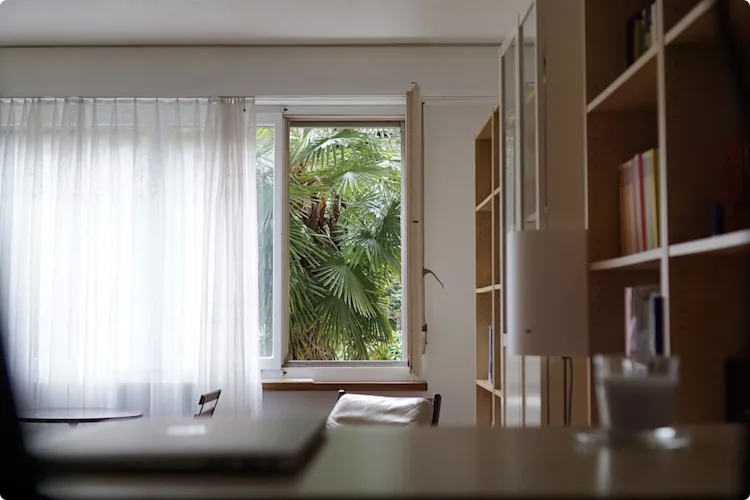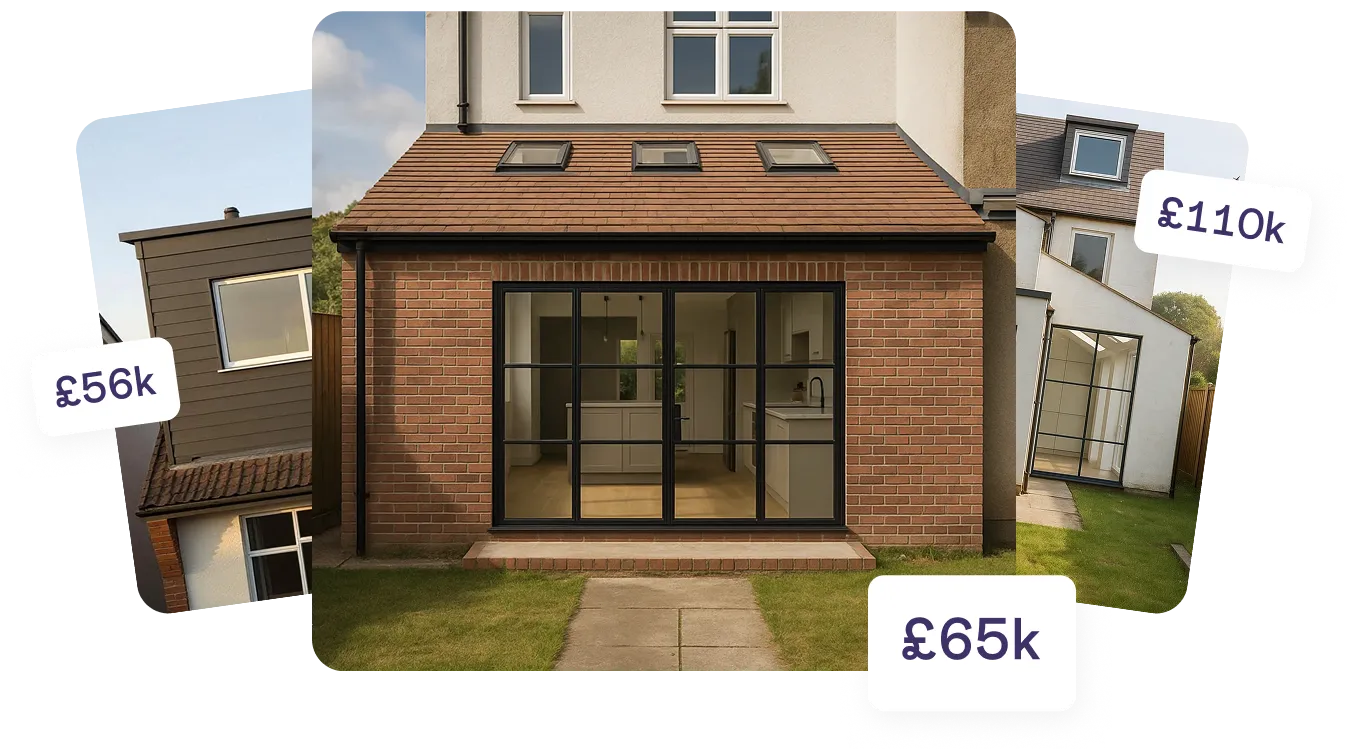When it comes to how relaxed we feel at home, creating a calm aesthetic is one of the key elements we have some control over. If you’re seeking a more peaceful atmosphere at home but you’re not sure where to begin, allow our 6 top tips for creating a calm aesthetic to be your guide.
1. A calm aesthetic starts with decluttering
A cluttered space can feel overwhelming and chaotic, so it's important to keep your home organised and free of unnecessary items. Take time to declutter regularly, and get rid of anything you no longer need or use. For any items that need to be kept, there are two great approaches you can take towards keeping your space mess-free: keep bits and bobs tucked away in furniture with storage or create an eye-catching feature out of your storage solution.
Here are just a couple of examples from the Resi portfolio that demonstrate how decluttering, partnered with smart storage, can create a calm aesthetic.
The homeowners of this charming Hackney abode have opted for extra, pull-out storage drawers tucked under a window seat to optimise their space:
 © Matt Gamble
© Matt Gamble
At this completed project in Hounslow, the homeowners have decluttered to make room for this beautiful, spacious entryway. They’ve also created features of their valued possessions like their guitars and ornaments that stand out and contribute to a calm aesthetic:
 © Matt Gamble
© Matt Gamble
2. Choose a calming colour palette to craft your calm aesthetic
Soft, neutral colours can create a soothing and peaceful atmosphere in your home. Avoid bright, bold colours that may be too stimulating if you want to achieve a calm aesthetic. We spoke to Lucy Henderson, Head of Design at My Bespoke Room, who offered her expertise on choosing colourways for your home:
‘We're seeing a very clear move away from the cooler side of the colour spectrum towards warmer colours in 2023. Expect to see more paprika and terracotta walls. For those looking to adapt this trend in a softer way, opt for 'beige' over 'greige' walls for instant warmth. Soft shades of pink with grey undertones also work beautifully as a neutral.’
With Lucy’s advice in mind, select warm and neutral tones that make your space look fantastic and create a peaceful atmosphere without avoiding colour entirely.
Explore how colour has been used to create a calm aesthetic with these striking examples from real-life Resi projects.
Warm neutral tones of creams and beiges are layered to create a calm aesthetic in this inviting Croydon living room:

This stunning living room renovation in Islington fuses neutral white walls with a subtle streak of blue and hints of green in the artwork for an enviable calm aesthetic:


 © Matt Gamble
© Matt Gamble © Veronica Rodriquez
© Veronica Rodriquez




